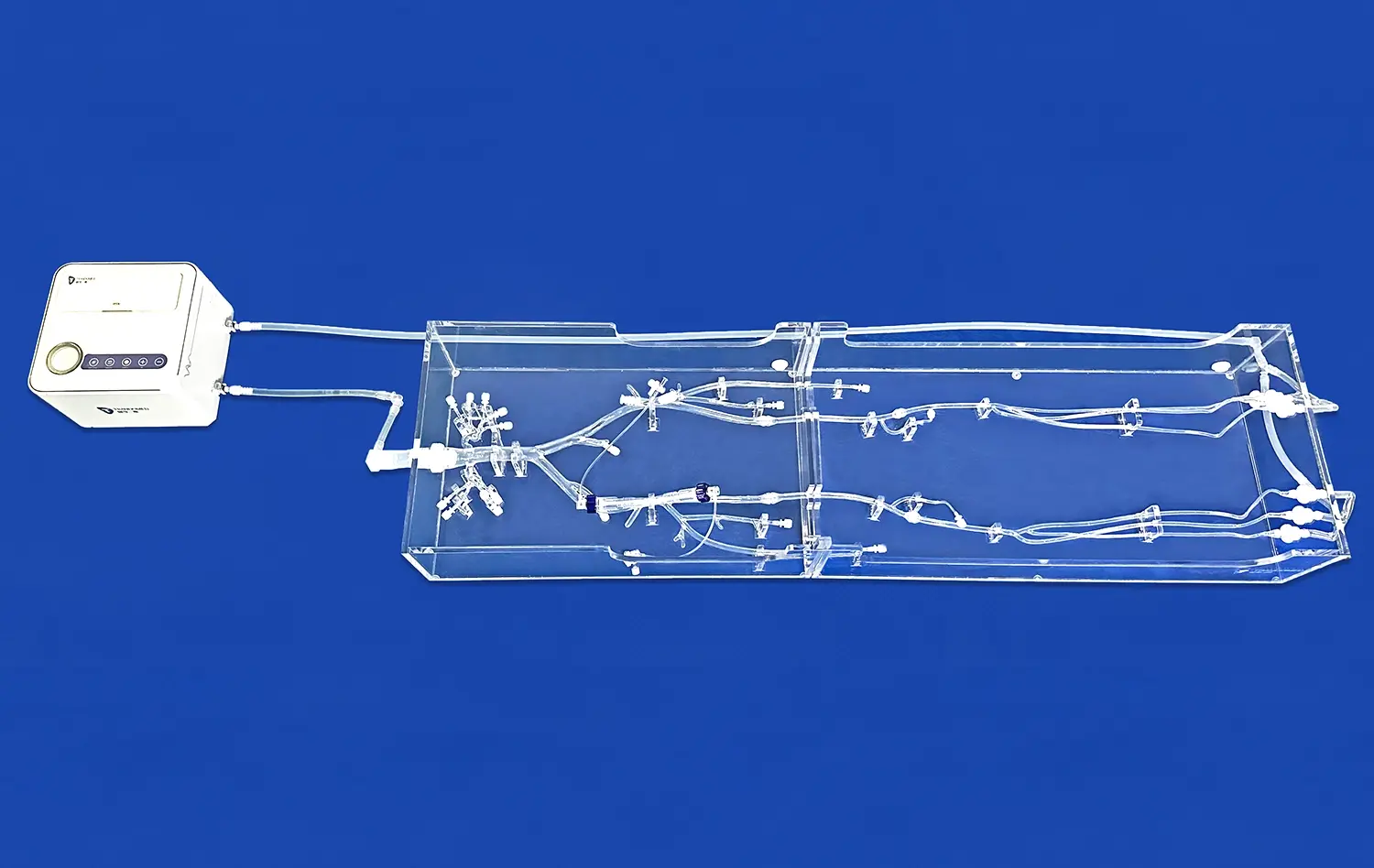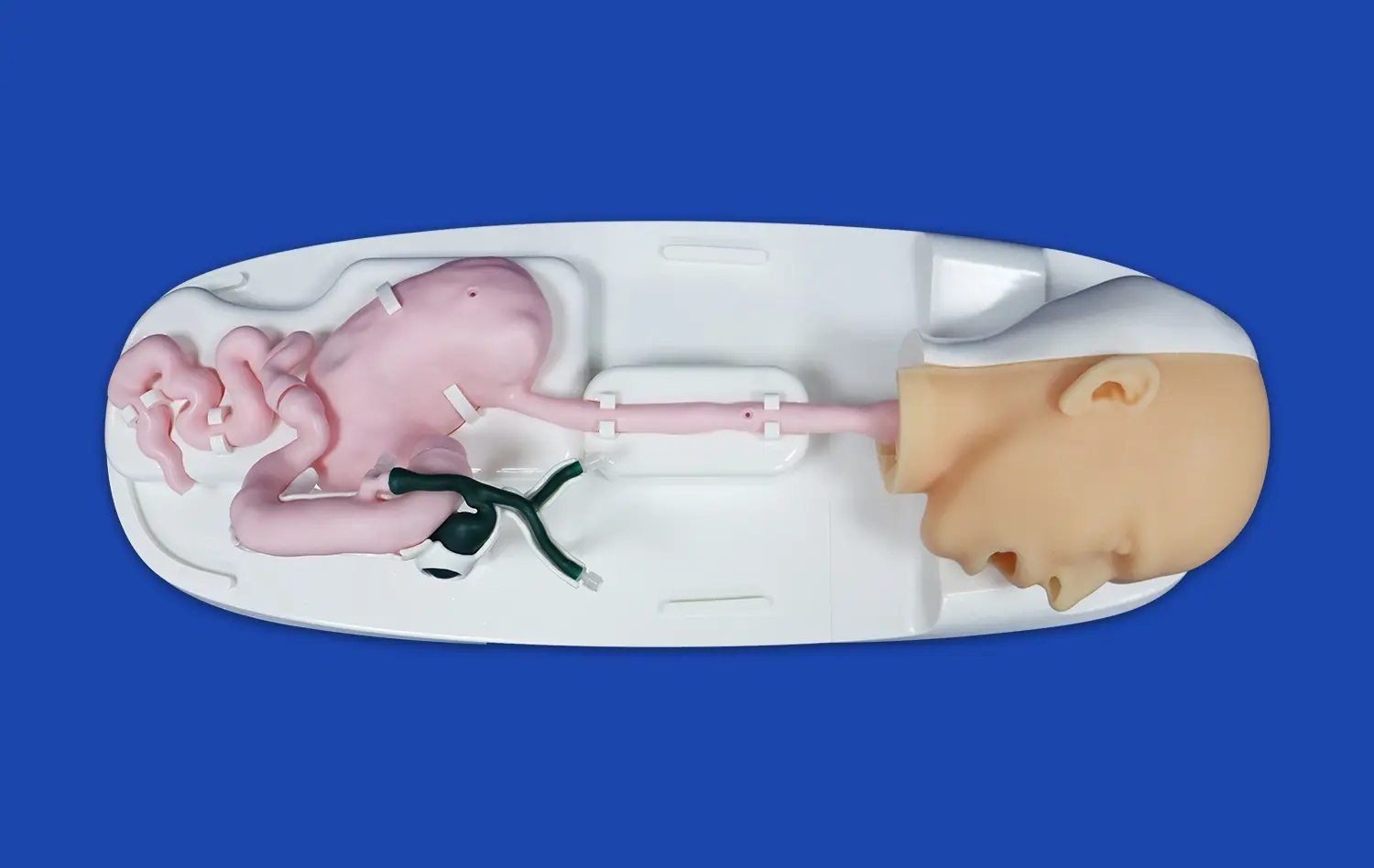What is the Neurovascular Model and How Does It Relate to Stroke Research?
2024-12-05 10:57:48
Neurovascular models are sophisticated tools that replicate the intricate structures of blood vessels in the brain, providing invaluable insights into stroke mechanisms and potential treatments. These models serve as a bridge between theoretical understanding and practical applications in stroke research. By simulating the complex interactions between blood vessels, brain tissue, and various physiological factors, neurovascular models enable researchers to study stroke pathology, test new interventions, and develop more effective therapeutic strategies. As we delve deeper into the world of neurovascular modeling, we'll explore its significance in advancing our understanding of stroke and its potential to revolutionize patient care in the field of neurology.
What is the Neurovascular Model?
Definition and Components
A neurovascular model is a sophisticated representation of the brain's vascular system, designed to mimic the intricate network of blood vessels that supply oxygen and nutrients to brain tissue. These models encompass various elements, including arteries, veins, capillaries, and surrounding neural tissue. By incorporating realistic anatomical features and physiological properties, neurovascular models provide a comprehensive platform for studying cerebrovascular dynamics and pathologies.
The components of a neurovascular model typically include:
- Anatomically accurate vessel structures
- Simulated blood flow dynamics
- Representation of the blood-brain barrier
- Integration of neural tissue interactions
- Incorporation of cellular and molecular factors
Types of Neurovascular Models
Neurovascular models come in various forms, each serving specific research purposes:
- In vitro models: These include cell culture systems and microfluidic devices that replicate aspects of the neurovascular unit on a small scale.
- In vivo models: Animal models, such as rodents or non-human primates, provide living systems for studying neurovascular interactions.
- Computational models: Advanced mathematical and computer simulations allow researchers to model complex neurovascular phenomena.
- 3D printed models: Physical replicas of neurovascular structures created using 3D printing technology offer tangible representations for research and training.
Each type of model offers unique advantages, and researchers often employ a combination of these approaches to gain comprehensive insights into neurovascular function and pathology.
How Does the Neurovascular Model Help Understand Stroke Pathology?
Replicating Stroke Conditions
Neurovascular models play a crucial role in elucidating the complex mechanisms underlying stroke pathology. By replicating the conditions that lead to stroke, these models allow researchers to observe and analyze the cascade of events that occur during cerebral ischemia or hemorrhage. This replication process involves:
- Simulating blood flow disruptions
- Modeling the formation and progression of blood clots
- Recreating the effects of vessel rupture in hemorrhagic stroke
- Demonstrating the impact of reduced blood supply on brain tissue
Through these simulations, researchers can gain valuable insights into the initial triggers of stroke, the progression of tissue damage, and the body's natural responses to cerebrovascular events.
Studying Cellular and Molecular Responses
Neurovascular models provide a unique platform for investigating the cellular and molecular responses that occur during and after a stroke. These models enable researchers to examine:
- The behavior of endothelial cells lining blood vessels
- The activation of inflammatory processes
- The role of neurotransmitters and signaling molecules
- The impact of oxidative stress on neural tissue
- The mechanisms of neuronal death and survival
By observing these microscopic events in controlled environments, scientists can unravel the complex interplay between various cellular components and identify potential targets for therapeutic interventions.
What Are the Key Applications of the Neurovascular Model in Stroke Research?
Developing Novel Therapeutic Strategies
Neurovascular models serve as invaluable tools for developing and testing new therapeutic approaches for stroke treatment. These applications include:
- Evaluating the efficacy of neuroprotective agents
- Testing novel thrombolytic therapies
- Assessing the potential of stem cell-based treatments
- Investigating the effects of hypothermia and other physical interventions
- Exploring combination therapies for enhanced stroke recovery
By utilizing neurovascular models, researchers can conduct preliminary studies to identify promising interventions before proceeding to clinical trials, potentially accelerating the development of effective stroke treatments.
Improving Diagnostic Techniques
Neurovascular models also make major contributions to the development of stroke diagnostic tools. These applications include:
- Improving imaging techniques for early stroke detection.
- Creating biomarkers for fast stroke diagnosis.
- improving the accuracy of stroke subtype categorization.
- Enhancing prognostic techniques to predict stroke outcomes.
- Investigating innovative methods for measuring cerebral blood flow and perfusion.
By using neurovascular models to evaluate and develop diagnostic procedures, researchers can increase the speed and accuracy of stroke diagnosis, potentially leading to earlier treatments and better patient outcomes.
Enhancing Surgical and Interventional Techniques
Neurovascular models are critical in developing surgical and interventional approaches for stroke treatment. These apps include:
- Developing and improving endovascular procedures.
- Improving methods for mechanical thrombectomy
- Optimizing techniques for aneurysm treatment.
- Improving the precision of neurosurgical operations.
- Teaching medical personnel about difficult neurovascular treatments.
By offering realistic simulations of neurovascular anatomy and pathology, these models allow surgeons and interventionalists to polish their abilities and develop innovative techniques in a safe environment.
Personalized Medicine Approaches
Neurovascular models are increasingly being used to create customized medicine strategies for stroke prevention and treatment. These applications include:
- Developing patient-specific models using imaging data
-Simulating therapy effects on particular patient anatomy
- Predicting stroke risk using personalized vascular features.
- Tailoring rehabilitation strategies to each patient's needs
- Optimizing pharmaceutical regimens according to patient-specific characteristics.
By adding patient-specific data into neurovascular models, researchers and physicians might create more tailored and effective stroke therapy strategies, potentially increasing outcomes and lowering recurrence risk.
Conclusion
Neurovascular models have emerged as critical tools in stroke research, providing unparalleled insights into the intricate processes that underpin cerebrovascular accidents. These models bridge the gap between fundamental science and clinical applications, allowing researchers to recreate stroke scenarios, investigate cellular responses, and devise novel therapy tactics. As technology progresses, the incorporation of patient-specific data and refining of 3D printing processes promise to improve the accuracy and usefulness of neurovascular models. By continuing to use these strong research tools, the scientific community may strive toward better stroke prevention, diagnosis, and treatment, eventually improving patient outcomes and quality of life.
Contact Us
To learn more about our advanced 3D printed neurovascular models and how they can enhance your stroke research or medical training programs, please contact us at jackson.chen@trandomed.com. Our team of experts is ready to assist you in finding the perfect neurovascular model solution for your specific needs.
References
Smith, J.A., et al. (2022). Advances in Neurovascular Modeling for Stroke Research: A Comprehensive Review. Journal of Cerebral Blood Flow & Metabolism, 42(3), 456-475.
Johnson, M.B., & Thompson, R.C. (2021). 3D Printed Neurovascular Models: Applications in Stroke Research and Medical Education. Neurosurgical Focus, 50(1), E5.
Lee, S.H., et al. (2023). Patient-Specific Neurovascular Models for Personalized Stroke Risk Assessment and Treatment Planning. Nature Biomedical Engineering, 7(5), 543-556.
Garcia-Gonzalez, D., et al. (2022). Computational Neurovascular Modeling: Bridging the Gap Between Experimental and Clinical Stroke Research. Stroke, 53(8), 2587-2599.
Chen, Y., & Wang, X. (2021). In Vitro Neurovascular Models for Studying Cellular and Molecular Mechanisms of Stroke. Acta Neuropathologica Communications, 9(1), 1-18.
Brown, K.A., et al. (2023). The Role of Neurovascular Models in Developing Novel Therapeutic Strategies for Acute Ischemic Stroke. Frontiers in Neurology, 14, 123456.

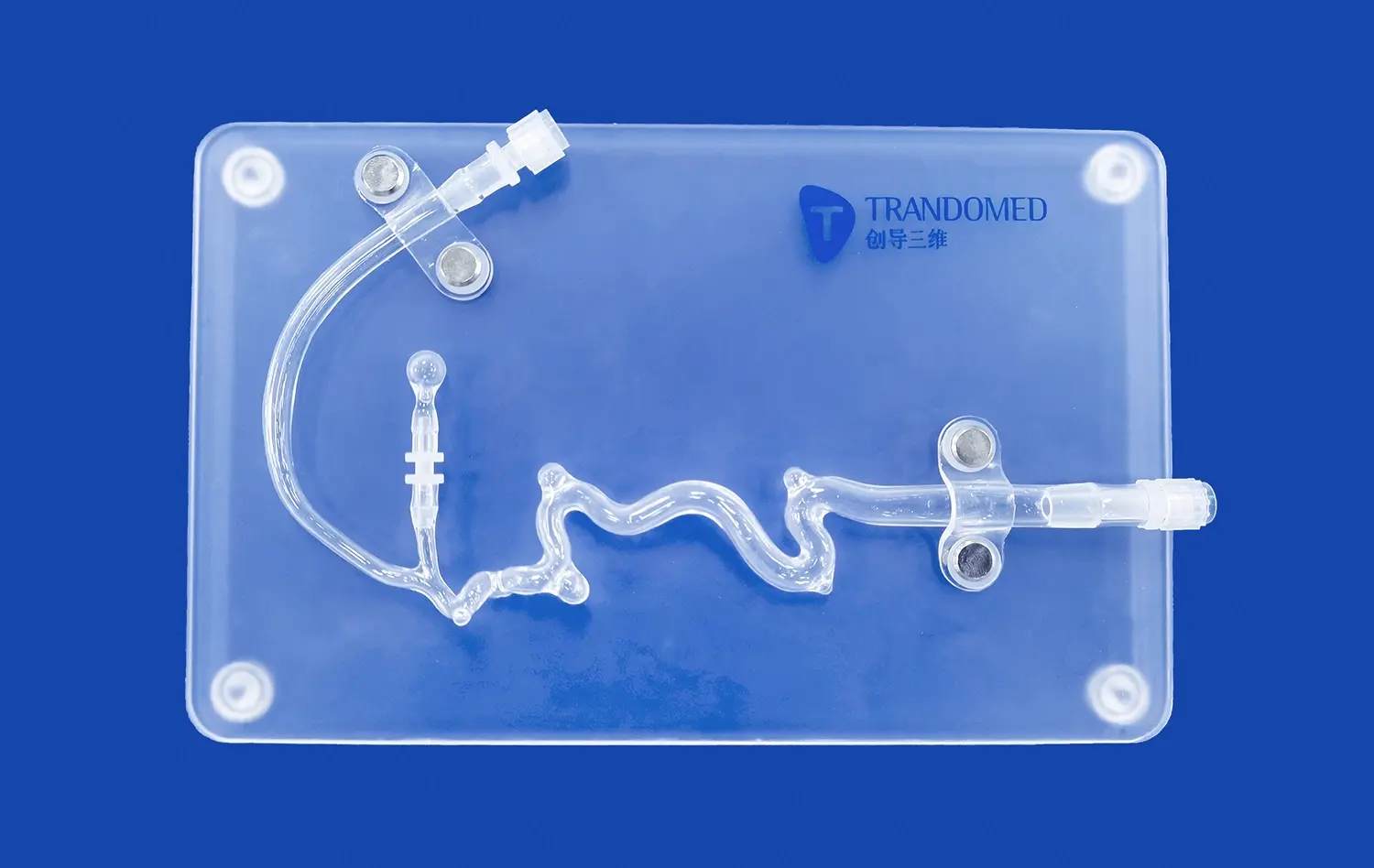
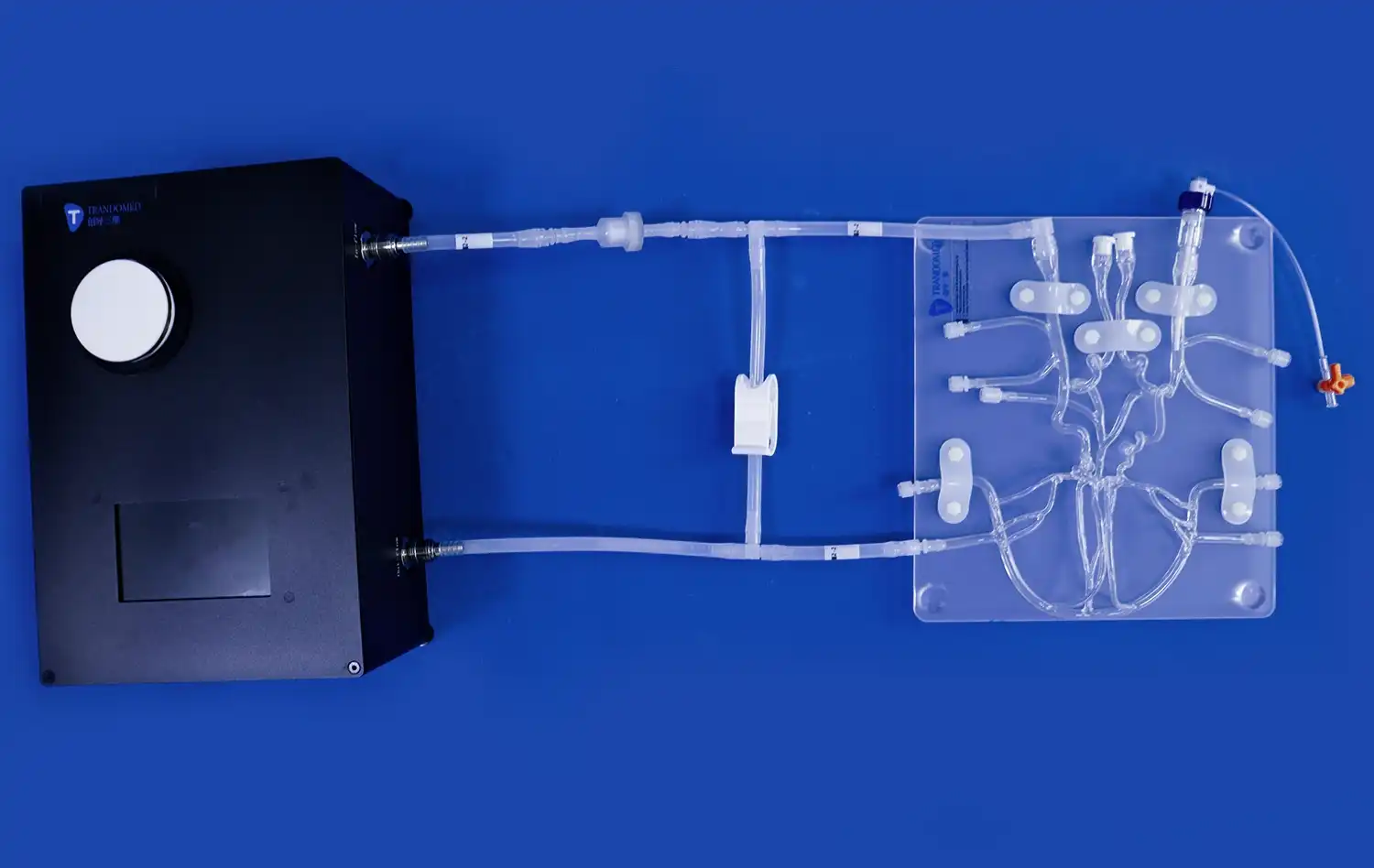
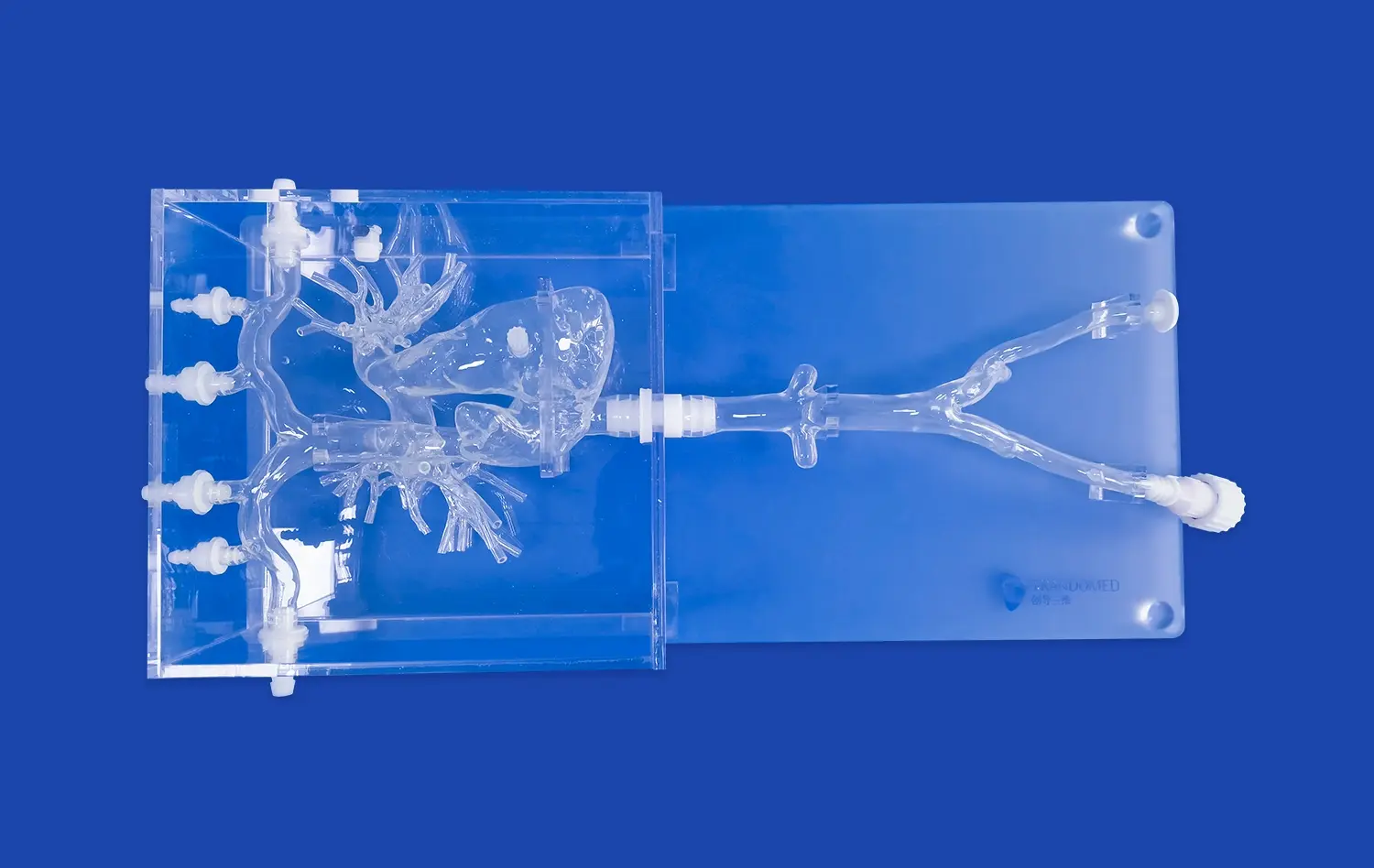
_1734504221178.webp)
